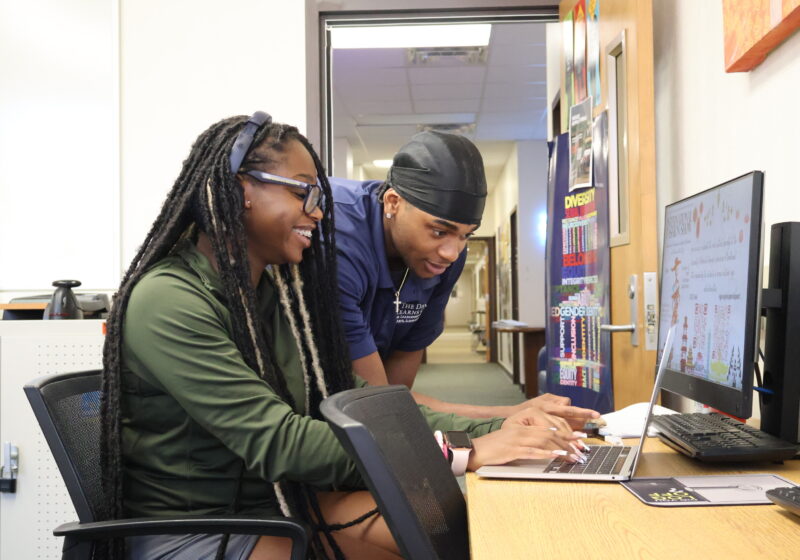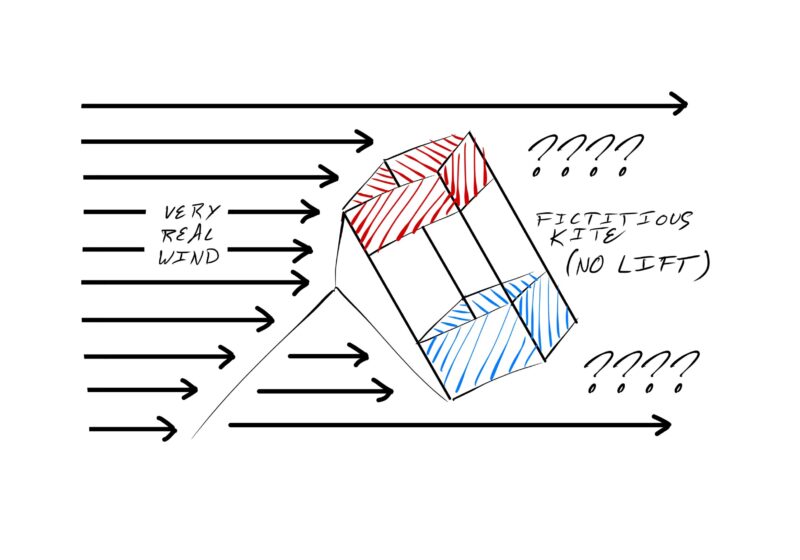Every Thursday, the Eastman School of Music’s composition department hosts a presentation by a visiting or resident composer that is free to students, faculty and the general public.
The presentation on Oct. 30 featured Professor Ricardo Zohn-Muldoon, a member of the Eastman faculty since 2002, whose many achievements include several fellowships and a Mozart medal from the Austrian embassy in Mexico.
Zohn-Muldoon’s works have been performed throughout the world by many American and foreign new music groups, including “Eighth blackbird,” Earplay and the Neue Ensemble Hannover.
He has also taught at the University of Guanajuato in Mexico and the University of Cincinnati’s College-Conservatory of Music.
While most visiting composers play recordings of their pieces, Zohn-Muldoon gave an excellent yet unusual presentation. His lecture included two live performances by Eastman students.
The first piece, a guitar quartet called “GuiTango,” was performed by Alfonso Aguirre, Mark Damott, Jay Kacherski and David Veslocki. This piece was written to celebrate the 30th anniversary of the guitar program at the College-Conservatory of Music.
In his program notes, the composer writes that “the piece unfolds as a quirky network of variations, based on a tango theme that I wrote several years ago. Its sound world evokes the percussive guitar style of Huapango music from Mexico.”
Zohn-Muldoon amused the audience with the story of how the piece was written. Originally, he thought of it as a simple piece to write because, after all, “it is a tonal piece – what could possibly go wrong?” By the end, however, he found himself pressed for time, struggling to keep the deadline.
The two other pieces presented in the lecture were “Candelabra,” a piece for piano and cello, and “Candelabra III.” This was the first time he had the title in his mind before starting to write the piece.
A special kind of cactus, the candelabra is similar in an abstract sense to his way of composing – a big construction growing out of a single unit.
Both pieces, he said, consist of “a minute musical module [which] proliferates in different directions, configuring a structure that emulates that of the homonymous cactus.”
Zohn-Muldoon’s sense of humor helped him present his serious ideas about music and composing in a captivating and amusing way.
After Daniel Pesca and Kevin McFarland earned a thunderous applause for their performance of “Candelabra,” the composer discussed the composition aspects of the work, linking them to his writing process in general.
He quoted his teacher Franco Donadoni who said that composing a piece with a specific thematic material in mind “is dangerous because all you can do is repeat it.”
In his music, melody and harmony are difficult to separate. A handout showed the steps proliferating the musical material in “Candelabra,” both melodically and harmonically. Explaining the similarities of the two works, he said, “they were separate pieces, but the deadlines were close together.”
He called “Candelabra III” a transcription of the piano and cello work, but in fact it is a different piece, constructed from the same musical material as is “Candelabra,” which was written for Sirius, an ensemble from Mexico.
Scored for a small string ensemble, bass clarinet, piano and percussion, “Candelabra III” sounds orchestral, despite being written for a small ensemble. The off-beat chords in the string parts are ingeniously emphasized with a bass drum. The elongated sections give a structural balance to the larger form.
A live performance of the piece was not possible in such a small classroom, so Zohn-Muldoon played a recording of the piece by the Sirius ensemble.
The Oct. 30 composition symposium was one of this semester’s most captivating, and most highly-attended lectures.
Zohn-Muldoon’s teaching seems to positively influence all of his students, including composition senior Kyle Blaha, who transferred from the College-Conservatory of Music to Eastman to follow his teacher Zohn-Muldoon.
“He is fantastic – one of my favorite people. This is why I followed him here,” Blaha said.
Fol can be reached at afol@campustimes.org.




